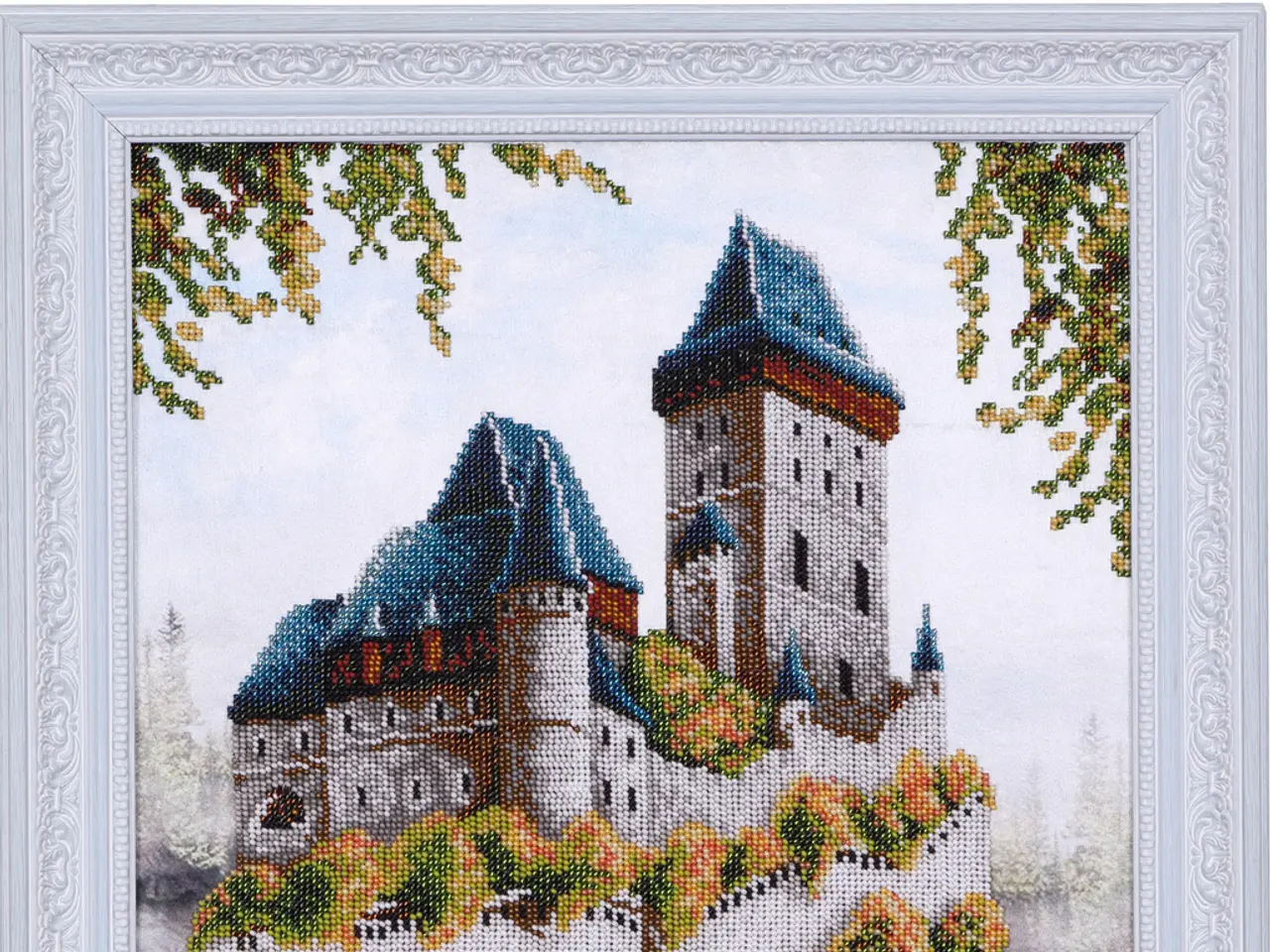Soaring Real Estate Costs, Family Homes Back in Demand
The Croatian real estate market in early 2025 is experiencing a unique dynamic. While the transaction volume has decreased by approximately 15%, property prices continue to rise, albeit at slower growth rates.
According to the latest data, there were approximately 57,000 real estate transactions in the first half of 2025, representing a 15% decline compared to the previous year. House sales declined even more sharply by 26%. Despite this, prices continue to increase, but the growth rate of prices has slowed down.
The main factor driving this trend is a persistent shortage of new construction, which keeps the supply limited and sustains high prices, particularly for older properties. Buyers are less willing or able to keep up with rising prices, while sellers face little pressure to lower prices due to the lack of competition. Experts predict slight price increases for new properties in 2025, but stagnation in prices for used apartments and houses.
In regional terms, Zagreb remains the most active market with nearly 7,900 transactions in the first half of the year. However, this also represents a 20% year-on-year decrease. The decline in Zagreb is attributed mainly to a lack of available properties rather than diminished demand.
In contrast, coastal and island towns and municipalities typically have higher real estate prices. The price of a square metre of a house in these areas ranges from 5,000 to 10,000 kuna. The highest median price for family houses in 2018 was recorded in Dubrovnik, at 12,000 kuna per square metre.
In continental Croatia, the price of a square metre of a house was below 1,000 kuna in 190 towns and municipalities. This shows a significant price difference between coastal and continental regions.
The sale of farmland dominated with nearly 40,000 transactions, but the value of the land sold decreased from 2017 to 1.6 billion kuna. The real estate market in Zagreb is returning to pre-crisis levels, as indicated by asking prices and increased trading volume and number of transactions.
However, an analysis of sales contracts does not reflect a dramatic increase in property prices, contrary to what might be concluded from asking prices. This suggests that the market remains somewhat balanced, with buyers and sellers negotiating prices within a reasonable range.
Significant real estate tax reforms effective from 2025 have impacted acquisition, rental income, and property taxes. These reforms are relevant for owners and investors but have not yet visibly reversed the supply constraints or price trends. Overall market revenue and industry growth remain modestly positive, with moderate competition across residential and commercial segments.
This synthesis is based on the latest data and analyses up to mid-2025 from Croatian real estate agencies, government tax sources, and market reports.
- The slowdown in the growth rate of property prices in Croatia, despite a 15% decrease in the number of transactions, indicates that investors are still keen on funding the real-estate market, especially in areas like Zagreb and coastal towns, where prices remain high.
- Despite the ongoing real estate tax reforms, the housing-market dynamic in Croatia remains somewhat balanced, with investors adjusting their financing strategies to accommodate the fluctuating prices while maintaining a modest competition across both residential and commercial segments.




